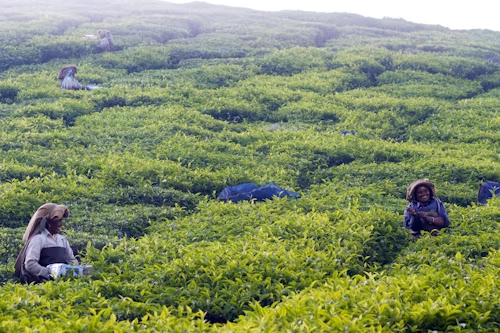Kenya stands tall as one of the world’s leading tea producers, celebrated for its high-quality, aromatic teas grown in cool, elevated regions like the Rift Valley, the Aberdare Range, and the slopes of Mount Kenya. Tea is not only a cornerstone of Kenya’s export economy but also a livelihood source for over 600,000 smallholder farmers.
However, climate change, soil degradation, and resource pressures threaten long-term productivity. Sustainable tea farming is therefore essential—not just for preserving the environment, but also for ensuring consistent yields, farmer welfare, and Kenya’s global market dominance.
This guide explores sustainable practices, eco-friendly technologies, and resilience strategies that define the future of tea farming in Kenya.
1. Understanding the Kenyan Tea Growing Environment
Tea in Kenya flourishes at altitudes between 1,200 and 2,200 meters, where the air is cool, humid, and ideal for slow leaf development—enhancing flavor and quality. Soils in these regions are deep, well-drained, and rich in organic matter, with optimal rainfall of 1,200–1,400 mm annually.However, Kenya’s hilly terrain (up to 45° slopes) demands careful management to prevent soil erosion and nutrient loss. Farmers must therefore select suitable sites by considering altitude, soil fertility, and rainfall distribution.
2. Soil Fertility Management
Healthy soil is the foundation of sustainable tea farming. Kenyan farmers are increasingly adopting regenerative soil management methods that improve fertility and structure naturally:– Regular soil testing
– Organic matter application using compost and manure
– Recycling tea waste compost
– Minimal synthetic fertilizers
– Cover cropping and intercropping
3. Water Conservation and Management
Sustainable tea farming focuses on efficient water use through:– Rainwater harvesting
– Terracing and controlled drainage
– Mulching
– Smart irrigation systems
4. Pest and Disease Management through Natural Means
Tea pests—such as mites, aphids, and caterpillars—can devastate crops, but sustainable systems emphasize Integrated Pest Management (IPM), which combines:– Biological control agents
– Habitat manipulation
– Pest-resistant tea clones
– Regular monitoring
5. Energy Efficiency and Reduced Carbon Footprint
Sustainable tea producers are adopting low-carbon solutions such as solar dryers, biogas, energy-efficient stoves, factory energy audits, and improved insulation to reduce emissions and costs.6. Agroforestry and Biodiversity
Integrating indigenous shade trees provides:– Soil enrichment and nitrogen fixation
– Habitat for pollinators
– Wind and temperature protection
– Carbon sequestration

